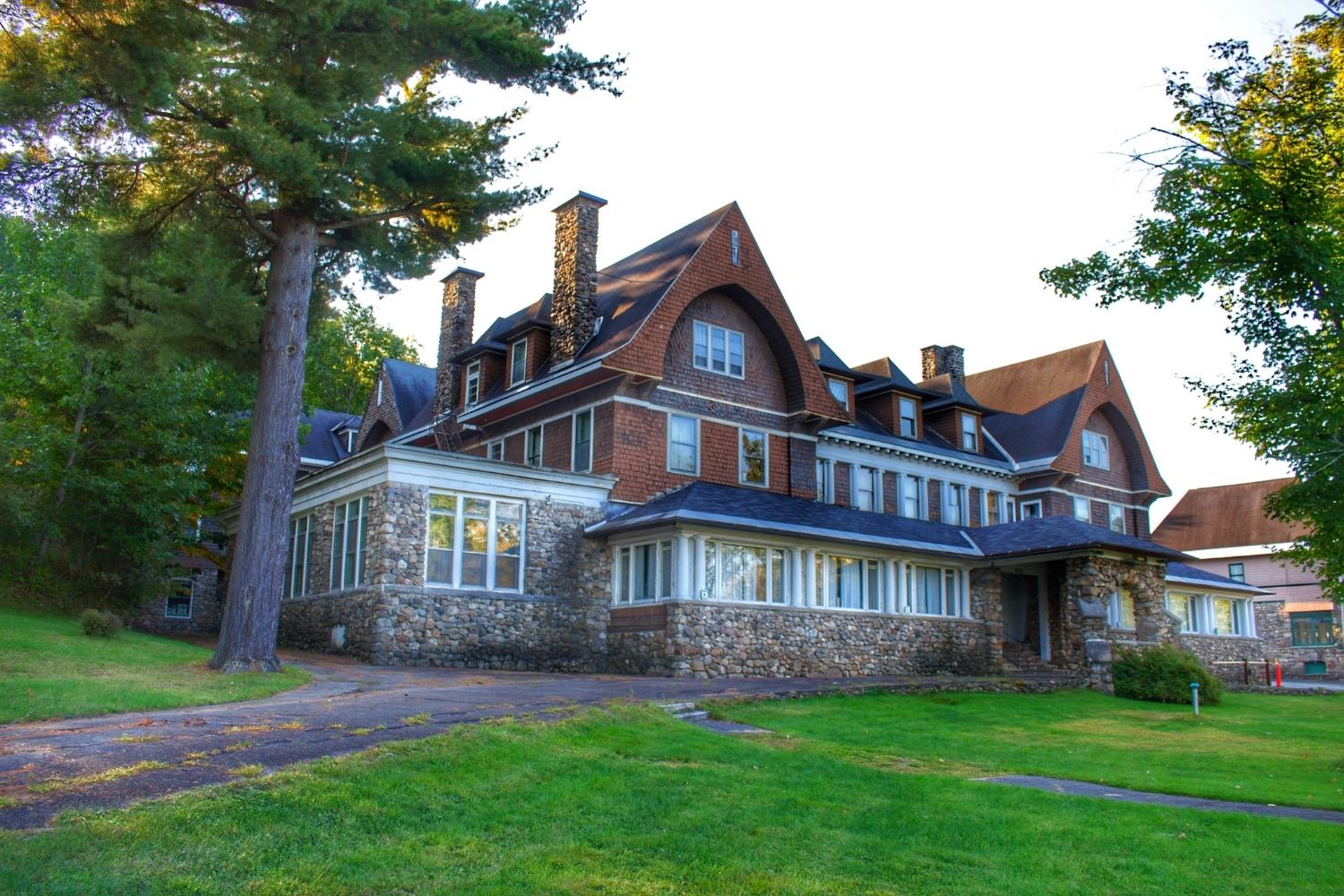Forgotten Tuberculosis Sanatoriums Of The Adirondacks

Have you ever wondered about the hidden history of the Adirondacks? One of the most intriguing chapters involves the forgotten tuberculosis sanatoriums scattered throughout this scenic region. In the late 19th and early 20th centuries, these sanatoriums offered hope and healing to thousands suffering from tuberculosis, a disease that once had no cure. Patients flocked to the Adirondacks, believing the fresh mountain air and serene environment could restore their health. Today, many of these sanatoriums lie abandoned, their stories fading into obscurity. Join us as we delve into the past, uncovering the secrets and legacies of these once vital institutions.
The Rise of Tuberculosis Sanatoriums in the Adirondacks
In the late 19th and early 20th centuries, tuberculosis (TB) was a leading cause of death. The Adirondacks, with its fresh air and serene environment, became a haven for those seeking a cure. Sanatoriums sprouted up, offering patients a chance to breathe easier and recover. Today, many of these places lie forgotten, but their stories remain.
1. Trudeau Sanatorium
Dr. Edward Livingston Trudeau founded this sanatorium in 1884. Located in Saranac Lake, it became a model for TB treatment worldwide. Patients flocked here for the "fresh air cure," spending hours on porches in the crisp mountain air. The sanatorium closed in 1954, but its legacy lives on through the Trudeau Institute, a biomedical research center.
2. Ray Brook Sanatorium
Opened in 1904, Ray Brook Sanatorium was the first state-operated TB sanatorium in New York. It provided care for thousands of patients over the years. The facility included a farm, where patients could work as part of their therapy. After closing in 1971, the site was repurposed and now serves as a state correctional facility.
3. Gabriels Sanatorium
Established in 1897 by the Sisters of Mercy, Gabriels Sanatorium offered care to those who couldn't afford other treatments. Nestled in the small hamlet of Gabriels, it provided a peaceful retreat for patients. The sanatorium operated until 1965, after which the buildings were used for various purposes, including a college and a correctional facility.
4. Stony Wold Sanatorium
Founded by Elizabeth Newcomb in 1901, Stony Wold catered specifically to women and children suffering from TB. Located near Lake Kushaqua, it offered a picturesque setting for recovery. The sanatorium closed in 1955, and the property was later sold to a private developer. Today, remnants of the buildings can still be found, hidden among the trees.
5. Will Rogers Memorial Hospital
Originally known as the National Vaudeville Artists' Home, this sanatorium was established in 1928. It provided care for entertainers suffering from TB. Renamed in honor of Will Rogers, a beloved entertainer and philanthropist, the hospital continued to serve patients until 1975. The building now houses the Saranac Village at Will Rogers, a senior living community.
6. Lake Placid Club Sanatorium
The Lake Placid Club, a prestigious resort, opened its own sanatorium in 1912. It offered luxurious accommodations and top-notch medical care for TB patients. The sanatorium operated until the 1940s, after which the buildings were repurposed for other uses. Today, the site is part of the Lake Placid Club Resort, a popular destination for tourists.
7. Santanoni Preserve
Santanoni Preserve, originally a private estate, was converted into a TB sanatorium in the early 20th century. Located in Newcomb, it provided a secluded and tranquil environment for patients. The sanatorium operated for several decades before closing. The preserve is now a historic site, open to the public for hiking and exploration.
8. Little Red
Little Red, a small cottage in Saranac Lake, played a significant role in TB treatment history. Dr. Edward Livingston Trudeau used it as his first laboratory and patient care facility. Though not a full-fledged sanatorium, its importance cannot be overstated. The cottage still stands today, preserved as a historic landmark.
9. Loomis Sanatorium
Located in Liberty, New York, Loomis Sanatorium was one of the largest TB treatment centers in the state. Opened in 1901, it featured state-of-the-art facilities and a comprehensive treatment program. The sanatorium closed in the 1940s, and the buildings have since fallen into disrepair. However, the site remains a poignant reminder of the battle against TB.
Echoes of the Past
The forgotten tuberculosis sanatoriums of the Adirondacks hold a unique place in history. These once-bustling centers of hope and healing now stand as silent reminders of a bygone era. Exploring these sites offers a glimpse into the past, showcasing the resilience and determination of those who sought cures in the fresh mountain air.
While many of these buildings have fallen into disrepair, their stories continue to captivate those who visit. The Adirondacks themselves remain a testament to the natural beauty that drew patients seeking recovery. As you wander through these historic sites, you can't help but feel a connection to the countless lives touched by these sanatoriums.
Next time you find yourself in the Adirondacks, take a moment to reflect on the legacy of these forgotten places. They are more than just ruins; they are a part of our shared history.

